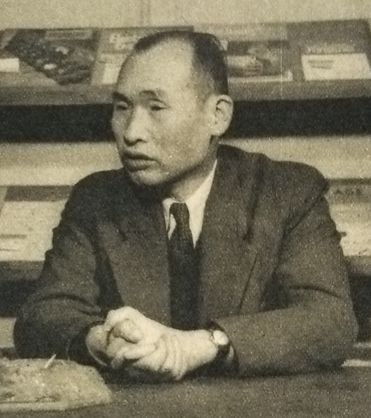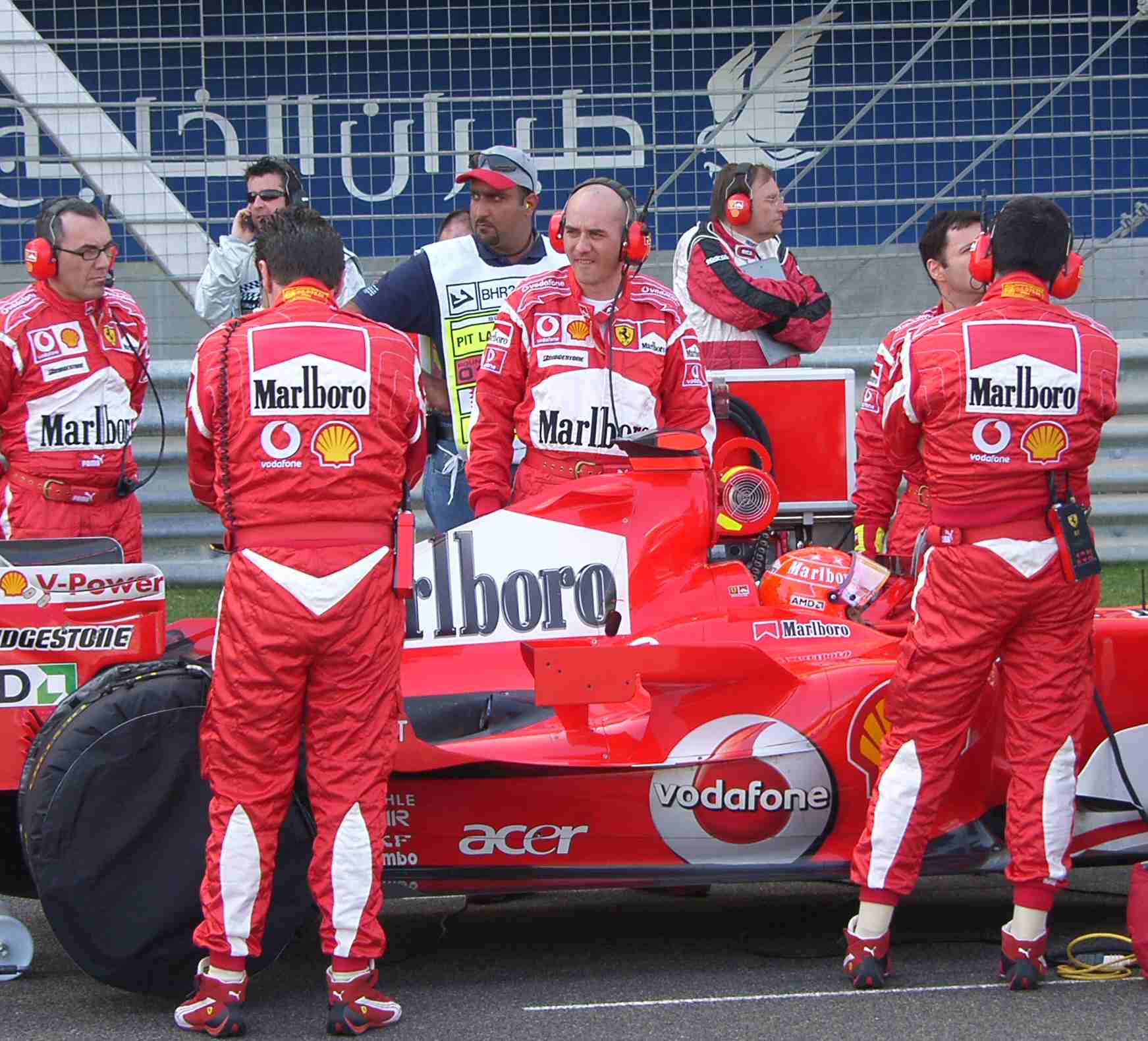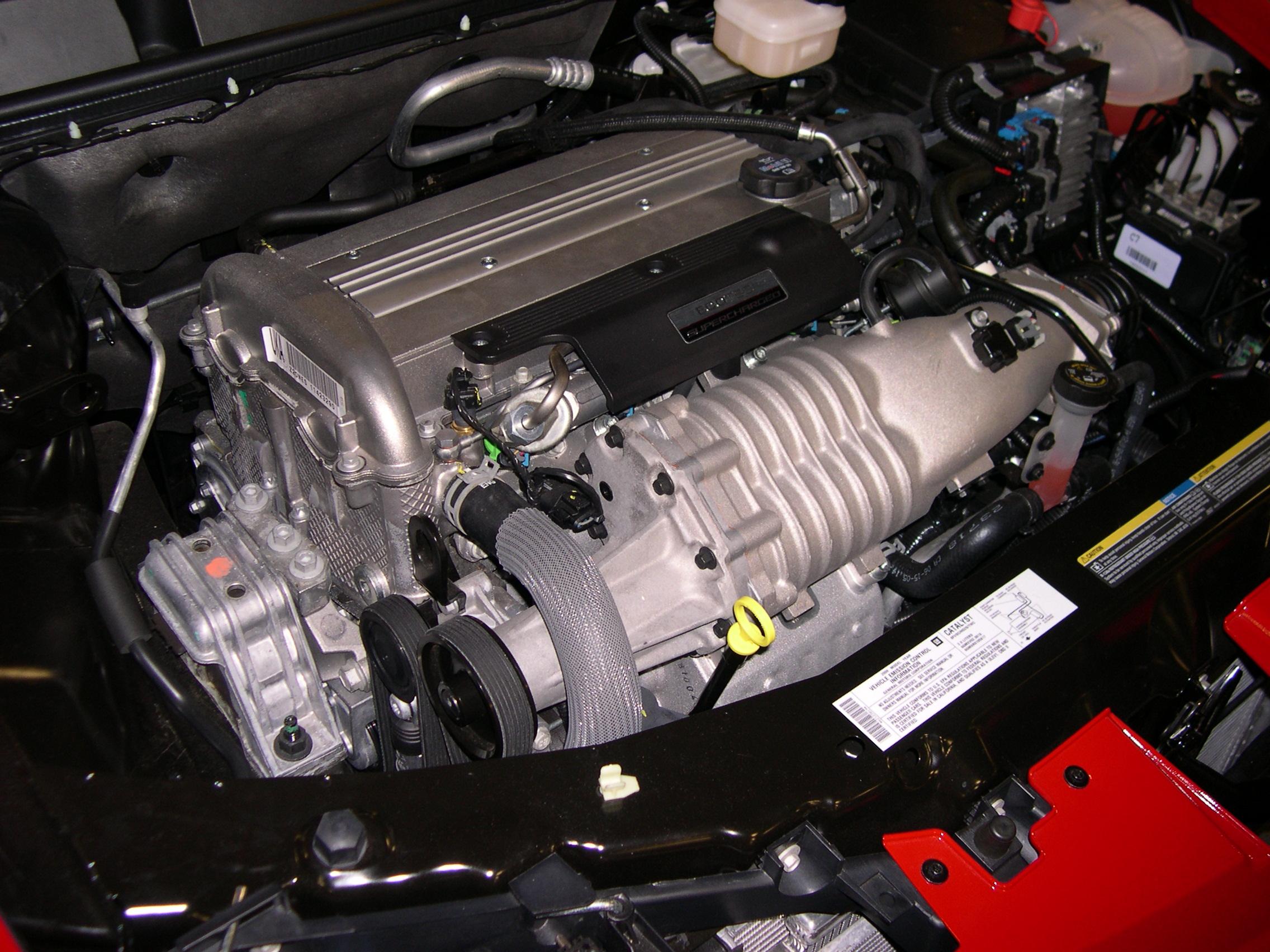|
Subaru Pleo
The Subaru Pleo is a kei car made by the Japanese automaker Subaru since 1998. The Pleo is taller than conventional kei car hatchbacks, but shorter than the definitive microvan, the Suzuki Wagon R, and is available with a variety of 658 cc I4 engines: SOHC, DOHC, and supercharged in two different trim levels. It competes with the Honda Life, Daihatsu Move, and the Mitsubishi Toppo in the tall wagon segment of ''kei'' cars in Japan. The name ''" pleo"'' is Latin meaning "to fill" or "to fulfill." First generation – RA1/RA2/RV1/RV2 (1998-2009) The first-generation Pleo first went on sale in Japan on October 9, 1998, replacing the Vivio (a conventional kei car hatchback), when Japanese regulations dictated a size change in the kei car tax bracket, and every kei car model from every make was redesigned as a result. The car was available with three variations of the EN07 engine; a naturally aspirated one with , a sporty supercharged one with , and also a "mildcharged" ver ... [...More Info...] [...Related Items...] OR: [Wikipedia] [Google] [Baidu] |
Daihatsu Mira
The Daihatsu Mira (also known as the Cuore, Domino, and more recently Charade) was a kei car, kei-type city car built by Japanese car maker Daihatsu. It was built with a variety of options and chassis variations, with the latest variant having four models: Mira, Mira AVY, Mira Gino, and Mira VAN. The Mira is the latest successor to the line of cars begun with the Daihatsu Fellow Max, Daihatsu Fellow of 1966, and was originally introduced as the commercial version of the Cuore. Outside of Japan, the Mira has also been offered with larger 850 or 1000-cc engines. In Australia, the two-seater version was marketed as the Daihatsu Handivan and later as the Daihatsu Handi. The term ''wikt:mira, mira'' means "to see" in Spanish language, Spanish and "goal" or "purpose" in Latin. __TOC__ History The Daihatsu Mira and Cuore replaced the Daihatsu Max Cuore in July 1980. This was replaced by the second generation (L70) of the Mira/Cuore, which was introduced in 1985. For most generations, ... [...More Info...] [...Related Items...] OR: [Wikipedia] [Google] [Baidu] |
Suzuki Wagon R
The is a kei car manufactured and marketed by Suzuki since 1993. The R in the name stands for Revolution and Relaxation. The Wagon R uses a "tall wagon" configuration to maximize cabin space within kei car dimensional restrictions. The Wagon R is also sold by Mazda as the AZ-Wagon from 1994 to 2012 and as the Flair from 2012. The Wagon R has been the best-selling kei car in Japan since 2003. In 2008, Suzuki produced its three-millionth Wagon R. Sales reached 5 million at the end of February 2010. __TOC__ First generation (CT21S/CT51S/CV21S/CV51S; 1993) The first generation Wagon R is high, or taller ( internally) than the JDM Suzuki Alto sold at the same time (which was exactly the same length and width, as dictated by the Kei class regulations). The R used the same 660 cc F6A three-cylinder engines as did the Alto and other Suzuki kei cars. The car was developed with low cost manufacturing in mind, with 70 percent parts commonality (by value) with the rel ... [...More Info...] [...Related Items...] OR: [Wikipedia] [Google] [Baidu] |
Television In Japan
Television in Japan was introduced in 1939. However, experiments date back to the 1920s, with Kenjiro Takayanagi's pioneering experiments in electronic television. Television broadcasting was halted by World War II, after which regular television broadcasting began in 1950. After Japan developed the first HDTV systems in the 1960s, Multiple sub-Nyquist sampling encoding, MUSE/Hi-Vision was introduced in the 1970s. A modified version of the NTSC system for analog signals, called NTSC-J, was used for analog broadcast between 1950 and the early 2010s. The analog broadcast in Japan was replaced with a digital broadcasts using the ISDB standard. ISDB supersedes both the NTSC-J analog television system and the previously used Multiple sub-Nyquist sampling encoding, MUSE Hi-vision analog HDTV system in Japan. Digital terrestrial television, Digital Terrestrial Television Broadcasting (DTTB) services using ISDB-T (ISDB-T International) started in Japan in December 2003, and since then, Ja ... [...More Info...] [...Related Items...] OR: [Wikipedia] [Google] [Baidu] |
Television Advertisement
A television advertisement (also called a commercial, spot, break, advert, or ad) is a span of television programming produced and paid for by an organization. It conveys a message promoting, and aiming to market, a product, service or idea. advertising, Advertisers and marketing, marketers may refer to television commercials as TVCs. Advertising revenue provides a significant portion of the funding for most privately owned television networks. During the 2010s, the number of commercials has grown steadily, though the length of each commercial has diminished. Advertisements of this type have promoted a wide variety of goods, services, and ideas ever since the early days of the history of television. The viewership of television programming, as measured by companies such as Nielsen Media Research in the United States, or Broadcasters' Audience Research Board, BARB in the UK, is often used as a metric for television advertisement placement, and consequently, for the rates which ... [...More Info...] [...Related Items...] OR: [Wikipedia] [Google] [Baidu] |
Supercharger
In an internal combustion engine, a supercharger compresses the intake gas, forcing more air into the engine in order to produce more power for a given displacement (engine), displacement. It is a form of forced induction that is mechanically powered (usually by a belt from the engine's crankshaft), as opposed to a turbocharger, which is powered by the kinetic energy of the exhaust gases. However, up until the mid-20th century, a turbocharger was called a "turbosupercharger" and was considered a type of supercharger. The first supercharged engine was built in 1878, with usage in aircraft engines beginning in the 1910s and usage in car engines beginning in the 1920s. In piston engines used by aircraft, supercharging was often used to compensate for the lower air density at high altitudes. Supercharging is less commonly used in the 21st century, as manufacturers have shifted to turbochargers to reduce fuel consumption and increase power outputs, especially with reduced engine dis ... [...More Info...] [...Related Items...] OR: [Wikipedia] [Google] [Baidu] |
Latin
Latin ( or ) is a classical language belonging to the Italic languages, Italic branch of the Indo-European languages. Latin was originally spoken by the Latins (Italic tribe), Latins in Latium (now known as Lazio), the lower Tiber area around Rome, Italy. Through the expansion of the Roman Republic, it became the dominant language in the Italian Peninsula and subsequently throughout the Roman Empire. It has greatly influenced many languages, Latin influence in English, including English, having contributed List of Latin words with English derivatives, many words to the English lexicon, particularly after the Christianity in Anglo-Saxon England, Christianization of the Anglo-Saxons and the Norman Conquest. Latin Root (linguistics), roots appear frequently in the technical vocabulary used by fields such as theology, List of Latin and Greek words commonly used in systematic names, the sciences, List of medical roots, suffixes and prefixes, medicine, and List of Latin legal terms ... [...More Info...] [...Related Items...] OR: [Wikipedia] [Google] [Baidu] |
Pleo
PLEO is an animatronic pet dinosaur toy manufactured by Innvo Labs, a company located in both Hong Kong and Nevada. The toy has the appearance and (imagined) behavior of a week-old baby '' Camarasaurus'' dinosaur. It was designed by Caleb Chung, the co-creator of the Furby, Chung's company Ugobe first sold Pleo and was manufactured by Jetta Company Limited. The species of dinosaur chosen allows for concealing the sensors and motors needed for the animation, since it has a big body shape and relatively large head. According to their website, each Pleo would "learn" from its experiences and environment through artificial intelligence and develop an individual personality. PLEO was unveiled on February 7, 2006, at the DEMO Conference in Scottsdale, Arizona, and was expected to come on the Indian and American markets around Fall 2007. PLEO shipments started on December 5, 2007. In April 2009, Ugobe laid off all of its employees and filed for bankruptcy. On June 8, 2009, the or ... [...More Info...] [...Related Items...] OR: [Wikipedia] [Google] [Baidu] |
Station Wagon
A station wagon (American English, US, also wagon) or estate car (British English, UK, also estate) is an automotive Car body style, body-style variant of a Sedan (automobile), sedan with its roof extended rearward over a shared passenger/cargo volume with access at the back via a third or fifth door (the liftgate, or Trunk (automobile)#Tailgate, tailgate), instead of a trunk/boot lid. The body style transforms a standard Three-box styling, three-box design into a Three-box styling#One-box and Two-Box design, two-box design—to include an Pillar (car), A, B, and C-pillar, as well as a D-pillar. Station wagons can flexibly reconfigure their interior volume via fold-down rear seats to prioritize either passenger or cargo volume. The ''American Heritage Dictionary'' defines a station wagon as "an automobile with one or more rows of folding or removable seats behind the driver and no luggage compartment but an area behind the seats into which suitcases, parcels, etc., can be loaded ... [...More Info...] [...Related Items...] OR: [Wikipedia] [Google] [Baidu] |
Mitsubishi Toppo
The is a light recreational vehicle (RV) produced by Mitsubishi Motors from 1990 until 2004 and then from 2008 until 2013. The original version was derived from their Minica kei car and the first two generations were called the Minica Toppo. The name is a portmanteau of the English "top" (roof) and the Japanese "noppo" (lanky). Originally named the Mitsubishi Minica Toppo, a retro-styled variant was introduced in 1996 called the Mitsubishi Minica Toppo Town Bee. In 1998 a new generation was launched; now referred to as the Mitsubishi Toppo BJ ("Big Joy"). A larger derivative, the Mitsubishi Toppo BJ Wide was introduced in 1999. The model was replaced by the new eK in 2001, although it was sold alongside the eK until being discontinued in 2004. The Toppo was reintroduced in 2008; now referred to simply as the Mitsubishi Toppo. In Japan, it was sold at a specific retail chain called '' Galant Shop''. __TOC__ Minica Toppo (first generation) Based on the Minica, the tall three- ... [...More Info...] [...Related Items...] OR: [Wikipedia] [Google] [Baidu] |
Daihatsu Move
The is a kei car/city car manufactured by the Japanese automaker Daihatsu between 1995 and 2023, and was reintroduced in 2025. The Move is Daihatsu's response to the similarly designed Suzuki Wagon R that was introduced two years earlier in 1993. The first Move was designed by Italian design house I.DE.A Institute and succeeding generations continued to build upon the original design. The Move is built upon the chassis of the Mira but with a taller body. __TOC__ First generation (L600; 1995) The first-generation Move was designed by I.DE.A in Turin, Italy. It was marketed with a 659 cc three-cylinder engine in Japan and with an '' ED-20'' engine in export markets. The Japanese domestic market models were internally designated L600, or L610 when equipped with four-wheel drive system; export models were internally designated L601. In 1997, a variant marketed as the ''Move Custom'' was introduced with larger headlamps and revised front styling, and was available in ... [...More Info...] [...Related Items...] OR: [Wikipedia] [Google] [Baidu] |
Honda Life
The Honda Life is an automobile nameplate that was used on various kei car/city cars produced by Honda: passenger cars, microvans, and kei trucks. The first series of the nameplate was built between 1971 and 1974, with the nameplate revived in 1997 and used until 2014. The Japanese-market Life has rarely been marketed outside Japan. In 2020, Dongfeng Honda revived the "Life" nameplate in China as a Rebadging, rebadged variant of the Honda Fit#GR, Fit produced by Guangqi Honda. First generation (1971) The original Life range was offered as a two-door or four-door Sedan (automobile), sedan and in a three-door wagon model (also sold as a commercial van), replacing the Honda N360, Honda N360. Compared with the previous Honda minicar series, passenger comfort was improved to make this a better family car - indeed, Honda's target was to make a ''kei'' which was as habitable as a period 1-litre car. The wheelbase, at , was eight cm longer than that of the predecessor. The entire Life ... [...More Info...] [...Related Items...] OR: [Wikipedia] [Google] [Baidu] |
Supercharger
In an internal combustion engine, a supercharger compresses the intake gas, forcing more air into the engine in order to produce more power for a given displacement (engine), displacement. It is a form of forced induction that is mechanically powered (usually by a belt from the engine's crankshaft), as opposed to a turbocharger, which is powered by the kinetic energy of the exhaust gases. However, up until the mid-20th century, a turbocharger was called a "turbosupercharger" and was considered a type of supercharger. The first supercharged engine was built in 1878, with usage in aircraft engines beginning in the 1910s and usage in car engines beginning in the 1920s. In piston engines used by aircraft, supercharging was often used to compensate for the lower air density at high altitudes. Supercharging is less commonly used in the 21st century, as manufacturers have shifted to turbochargers to reduce fuel consumption and increase power outputs, especially with reduced engine dis ... [...More Info...] [...Related Items...] OR: [Wikipedia] [Google] [Baidu] |





